Unmasking Jack the Ripper: A Fresh Investigation into the Whitechapel Murders, Part 2
Posted on 05/19/2025 at The Curmudgeon’s Chronicle
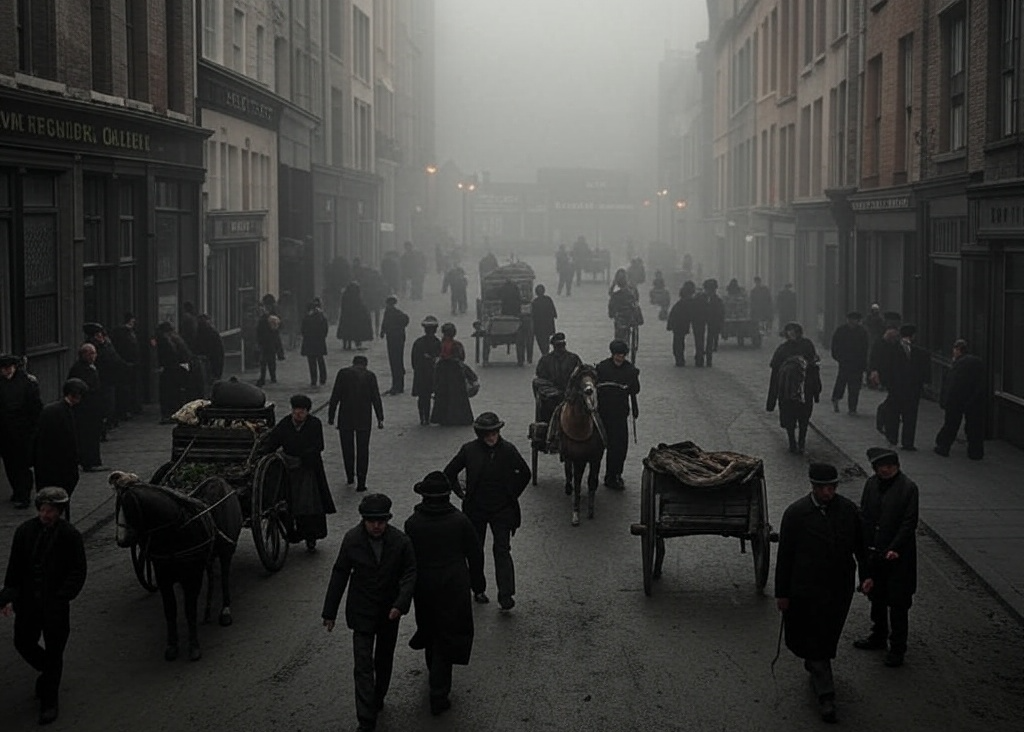
The First Murder – Mary Ann Nichols and Charles Cross
It’s 3:40 a.m. on August 31, 1888, and the streets of Whitechapel are cloaked in a pre-dawn stillness that feels almost alive with menace. Buck’s Row, a narrow, dimly lit street flanked by warehouses and tenements, is the kind of place where shadows seem to move on their own. The air is thick with the stench of coal smoke and the faint tang of despair – a fitting stage for the first act of a nightmare that would grip London in terror. Here, on this unassuming stretch of cobblestone, a carman named Charles Cross stumbles upon a body – and the legend of Jack the Ripper is born.
In this second part of our investigation into the Whitechapel murders, we’ll dive into the brutal slaying of Mary Ann Nichols, the first of the canonical five victims. We’ll examine the crime scene, the timeline, and the man who found her – a man whose presence at the scene raises more questions than answers. Using only 1888 evidence – police reports, inquest testimony, and newspaper accounts – I’ll begin assigning probabilities to our four suspects: Charles Cross, Joseph Barnett, Aaron Kosminski, and David Cohen. By the end of this series, I’ll reveal who I believe was Jack the Ripper. For now, step into Buck’s Row, and let the hunt begin.
The Murder of Mary Ann Nichols
Mary Ann Nichols, known as “Polly,” was 43 years old, a mother of five who had fallen on hard times. Her marriage had dissolved years earlier, and by 1888, she was living in the doss-houses of Whitechapel, turning to prostitution to scrape together a few pence for a bed or a drink. On the night of August 30, Nichols was seen at the Frying Pan pub on Brick Lane, and later walking along Whitechapel Road, likely soliciting clients. At 2:30 a.m., she told a friend she’d earned her doss money three times over but had spent it on gin. “I’ll soon get my doss money,” she said, laughing. “See what a jolly bonnet I’ve got now.” Those were her last recorded words.
At 3:40 a.m., Nichols’ body was discovered in Buck’s Row, a quiet street just off Whitechapel Road. Charles Cross, a carman on his way to work at Pickfords, testified at the inquest (September 3, 1888) that he saw what he thought was a tarpaulin on the ground. As he approached, he realized it was a woman, lying on her back with her skirts pulled up. Her hands were cold, her eyes open, staring blankly into the dark. Moments later, another carman, Robert Paul, joined him – Paul was 40 yards behind, walking the same route to work. The two men examined her briefly, noting she looked “dead or drunk,” and went to find a policeman.
At 3:45 a.m., Police Constable John Neil arrived on his beat, independent of Cross and Paul’s alert. Under the faint glow of a gaslamp, Neil saw the grim reality: Nichols’ throat had been slashed twice, so deeply that her head was nearly severed, the cuts reaching her spine. Later, at the morgue, they found her abdomen was slashed open, her intestines protruding. Blood was still oozing from her neck, pooling beneath her – Neil estimated she’d been dead mere minutes. Dr. Rees Ralph Llewellyn, summoned by PC John Thain, arrived at 4:00 a.m. and confirmed the time of death: “minutes” before 3:45 a.m., likely between 3:37 and 3:40 a.m. The cuts were crude, showing “no anatomical skill,” but the ferocity was undeniable. Nichols had been killed where she lay – no signs of a struggle, no screams heard.
Police Sergeant Henry Kirby and PC Jonas Mizen joined Neil shortly after, with Mizen having been alerted by Cross and Paul on Baker’s Row, 0.2 miles away. The men reported Nichols as “dead or drunk” and claimed “another policeman” had sent them – an odd statement, since Neil had arrived independently. The police cordoned off the scene, but there were no witnesses, no footprints, no weapon. Nichols’ murder was the first of its kind in Whitechapel – a brutal, seemingly motiveless killing that baffled the authorities. At the time, there was no “Jack the Ripper,” no pattern, no pressure on the police to hunt a serial killer. But one man was there, standing over the body: Charles Cross.
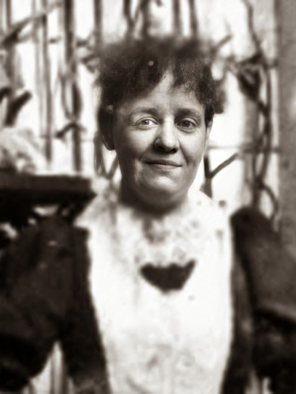
Mary Ann "Polly" Nichols
Charles Cross: The Man at the Scene
Charles Cross – real name Charles Allen Lechmere – was a 39-year-old carman working for Pickfords, a delivery company based on Broad Street, 1.5 miles from Buck’s Row. Born in 1849 in Soho, Cross had lived in the East End for much of his life. In 1861, at age 11, he resided with his mother, Maria, and stepfather, Thomas Cross (a policeman), in Sion Square, Whitechapel – just 0.3 miles from Buck’s Row (1861 census). By 1888, he lived at 22 Doveton Street, Bethnal Green, 0.5 miles northwest of the murder site, with his wife Elizabeth and their growing family (1881 census). He would later move to Mile End and live quietly until his death in 1920 at age 70 (death certificate, St. George’s Hospital).
Cross’s testimony at Nichols’ inquest (September 3, 1888) is our starting point. He left Doveton at “about 3:30 a.m.” to walk to work – a 0.5-mile journey that should take 10 minutes at a standard pace, placing him at Buck’s Row by 3:40 a.m. That’s exactly when he says he found Nichols, just as Paul arrived 40 yards behind him. Dr. Llewellyn’s estimated time of death (3:37–3:40 a.m.) suggests Nichols was killed moments earlier, making the timeline excruciatingly tight. But there are questions that linger like the fog over Whitechapel.
First, Cross used the name “Charles Cross” at the inquest, not his legal name, “Lechmere.” “Cross” was his stepfather’s surname, but he was known as Lechmere in census records and family documents – was he hiding his identity, or was this a common alias? Second, he told PC Mizen that “a policeman wanted” him, a statement that wasn’t true – Neil had arrived independently at Buck’s Row, and no other officer had sent Cross and Paul (inquest). Intriguingly, Cross spoke to Mizen without Paul hearing, as Paul’s testimony doesn’t mention this exchange, suggesting Cross may have misled Mizen to avoid scrutiny. Third, Cross’s actions suggest an unusual calmness – he examined Nichols, waited for Paul, reported to Mizen, and went to work at Pickfords, showing no signs of distress, while Paul admitted to feeling frightened (inquest). Finally, neither Cross nor Paul reported seeing blood, though Cross stood “where the woman was” (inquest). Neil noted blood oozing by 3:45 a.m., yet in the dim gaslight, they may have missed it – or, more chillingly, the wounds may have been so fresh that blood had not yet pooled.
Police beats provide further context. PC Thain passed the Buck’s Row junction at 3:15 a.m. during his 30-minute circuit, noticing nothing unusual, and returned at 3:45 a.m. to Neil’s signal (inquest). PS Kirby arrived after 3:45 a.m. to assist with the body (inquest). Nichols was likely killed between Thain’s passes, with Llewellyn estimating the time of death between 3:37 and 3:40 a.m. Remarkably, neither the police officers nor Cross nor Paul reported hearing footsteps – walking or running – on the echoing cobblestone streets. This razor-thin window places Cross at the scene during the murder. He is the only suspect we can definitively place at a crime scene, confirming his presence at Nichols’ murder. Yet, does this make him the killer, or merely a witness?
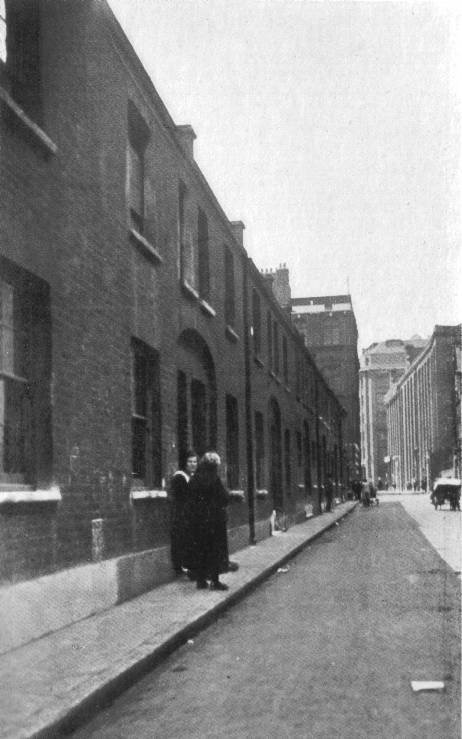
West along Buck’s Row: Nichols’ body located after the short brick buildings on the left, before the high structure in the distance.
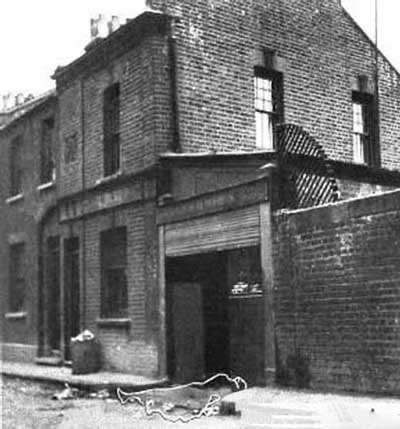
Mary Ann Nichols' body position as found in Buck's Row.
The Other Suspects: Where Were They?
Let’s see how our other suspects stack up for Nichols’ murder:
- Joseph Barnett: Barnett, 30, lived on Dorset Street, 0.5 miles from Buck’s Row, but in 1888, he was with Mary Jane Kelly, whom he met in April (inquest, November 12, 1888). There’s no record tying him to Nichols – no motive, no proximity beyond living in Whitechapel. His fishmonger skills don’t match Nichols’ crude cuts. Likelihood for Nichols: 0% for now, though he’ll come into focus later.
- Aaron Kosminski: Kosminski, 23, lived in Sion Square, 0.3 miles from Buck’s Row – closer than Cross’s Doveton Street (1891 asylum records). But there’s no 1888 record placing him at the scene – police files (MEPO 3/140) don’t mention him, and his “suspect” status comes later (Swanson, 1910). His reported instability is suggestive but unconnected. Likelihood for Nichols: 0% for now.
- David Cohen: Cohen, 23, was admitted to Colney Hatch in December 1888 (asylum records), with no confirmed address in August – possibly Mile End Workhouse, 1–1.5 miles away. There’s no record linking him to Nichols, and his “violent” behavior is post-murder. He’s a Kosminski echo, so I give him a 0% likelihood for Nichols, at this time.
Cross alone was present at the scene, uniquely tied to Nichols’ murder, while other suspects lack any direct connection. Based on a probability analysis, I assign Cross a 75–80% likelihood of being Nichols’ killer, factoring in his presence, the narrow timeline, and inconsistencies in his account – his use of a different name, his interaction with PC Mizen, and the absence of reported blood. Yet, this is only the first murder. Four more await, and the pool of suspects will expand.
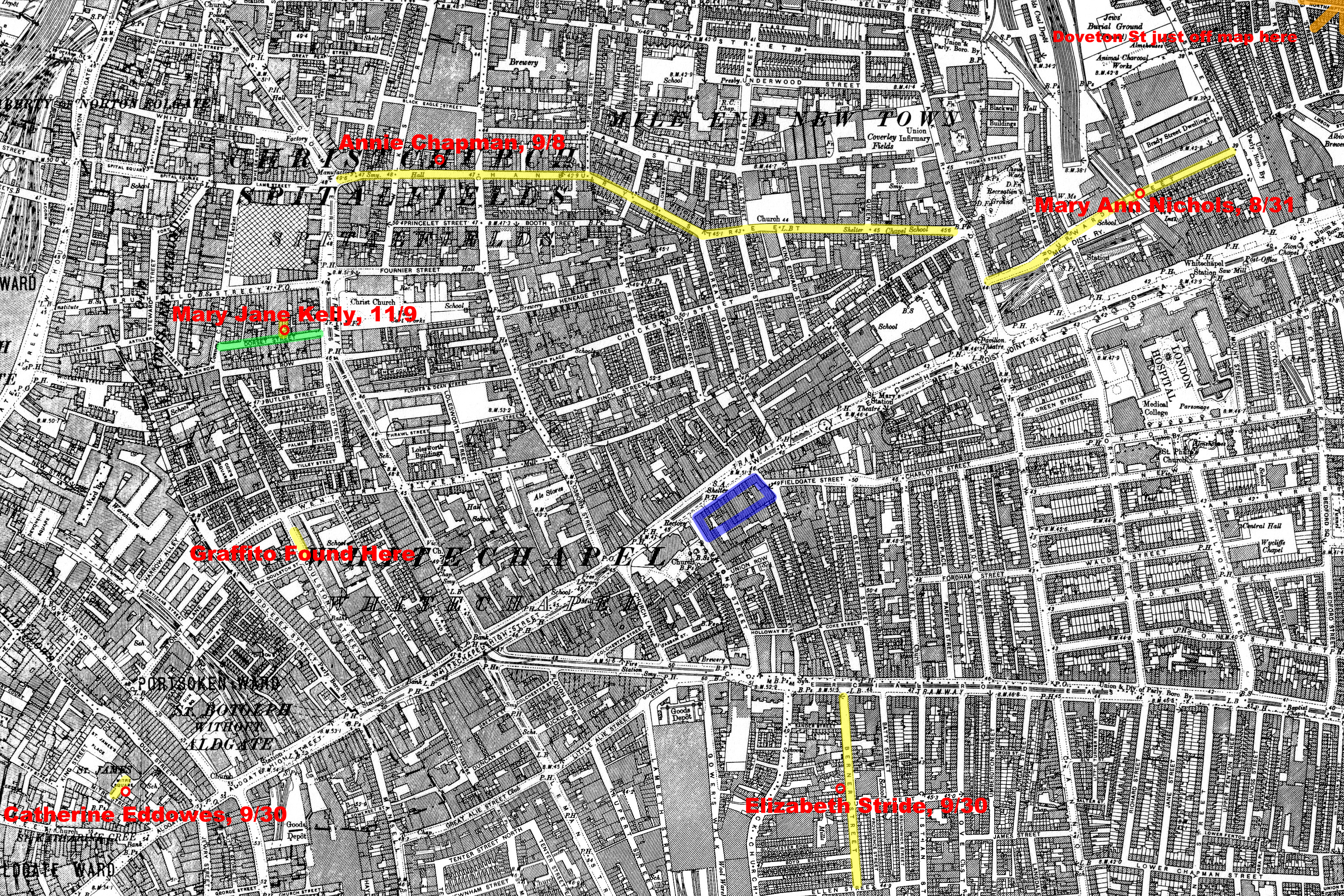
Map of Whitechapel: Highlights Mary Ann Nichols' body location and Durward Street (then Buck's Row) among various marked spots.
A Suspect in the Shadows
Nichols’ murder was the first – a brutal act that shocked Whitechapel but didn’t yet signal a serial killer. There was no “Jack the Ripper” in August 1888, no pattern, no pressure on the police to hunt a phantom. That’s what makes this crime so intriguing: it was the least likely to get the killer caught. Cross, standing over Nichols’ body, reported her death and walked away, never suspected by the police (MEPO 3/140). But those questions – his name, his calm, the lack of blood – linger like a whisper in the dark.
Was Charles Cross just a witness, a working man on his way to Pickfords, caught in the wrong place at the wrong time? Or was he something more – a killer hiding in plain sight, staring at us through the pages of history? We’ll dig deeper into Cross as we move forward, but first, we need to see how the other suspects fit into this bloody puzzle.
What do you think – was Cross the killer, or just a bystander? Share your thoughts in the comments below, and join me next time as we step into the second murder: the brutal slaying of Annie Chapman – and a new suspect enters the scene.